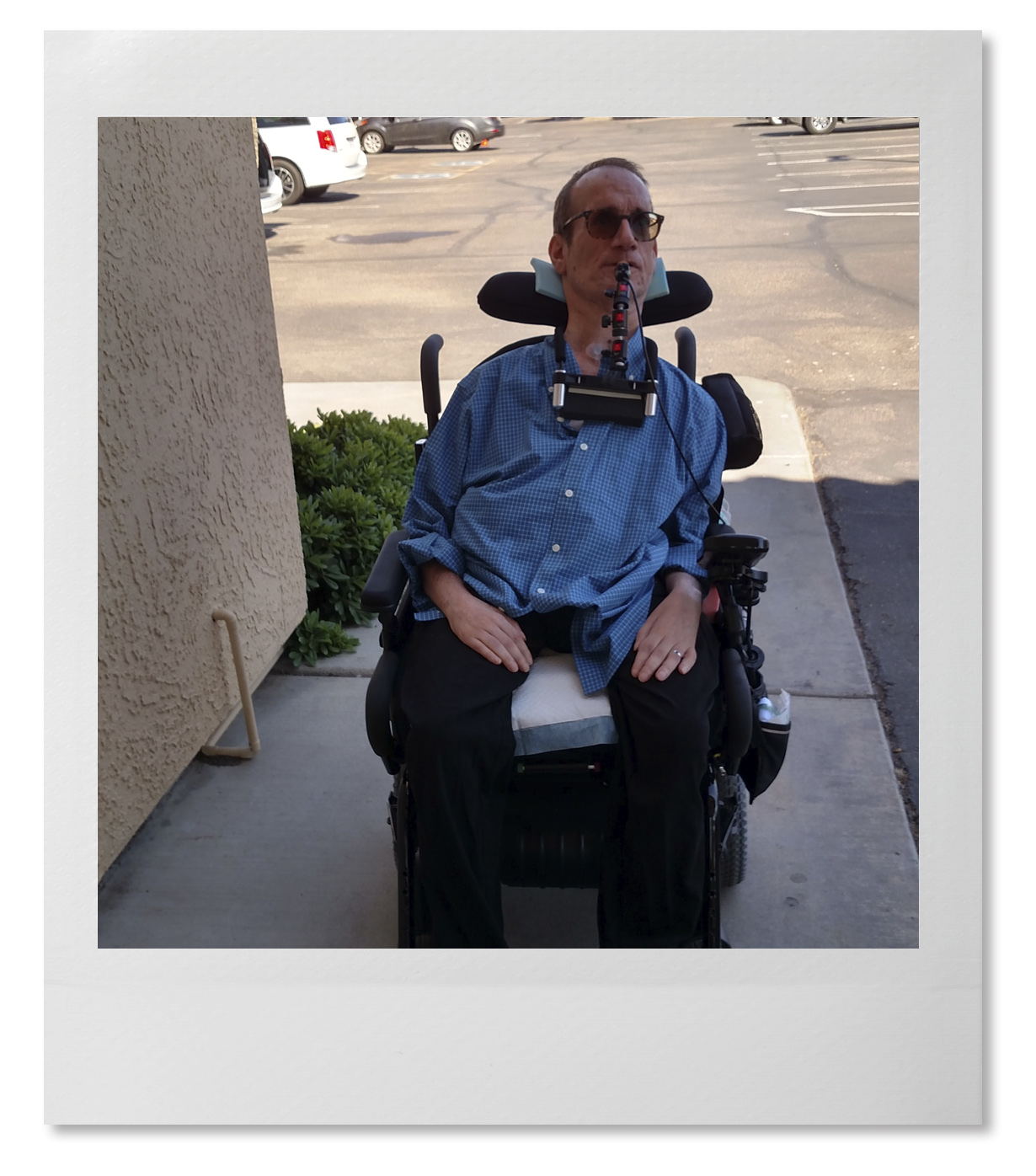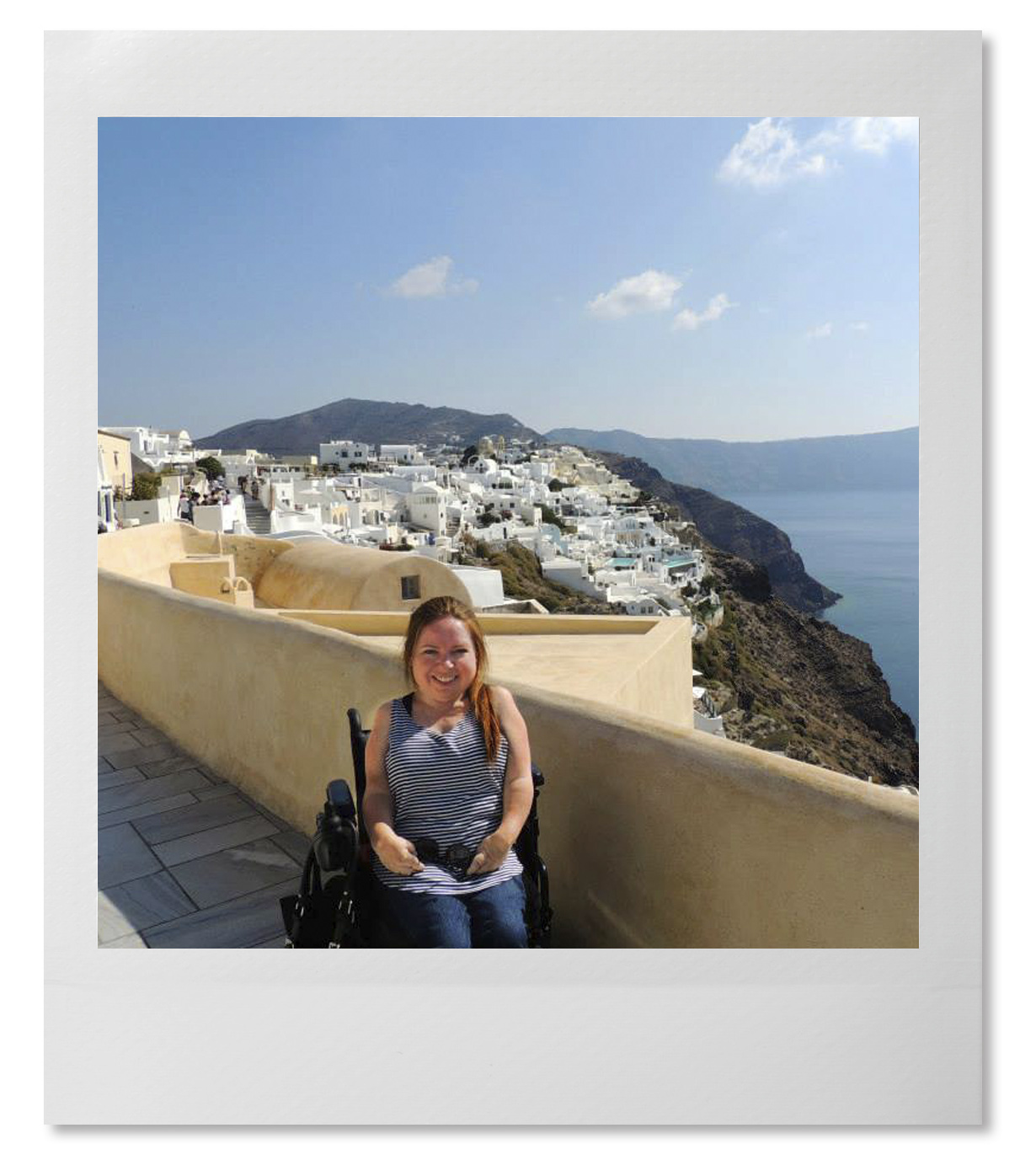Ben Mattlin
Ben Mattlin wouldn’t risk flying, so he drove 2,000 miles instead.
When Ben Mattlin, 57, used to fly, his wife had to carry him to his seat because many airlines didn’t have aisle chairs to roll down the narrow corridor. Sometimes, his folding manual wheelchair was returned bent like an abstract sculpture.
But these days, Mattlin uses a vent to breathe and a power chair for mobility. He was born with a severe, progressive neuro-muscular weakness that became worse as he aged. There’s just too much that can go wrong with his health if his equipment is damaged, so Mattlin said he no longer flies.
“There’s a lot of events I’ve had to miss or work around,” the Los Angeles writer said. “A lot of people feel trapped as I do.”
He’s never met the publisher or editor who worked on his two books.
He and his wife haven’t visited his mother-in-law in Seattle in years.
He hasn’t visited his 92-year-old father back east.
He couldn’t be there when his daughter went to Minneapolis for college.
“We didn’t help her move into the dorm. We weren’t there when she had a freshman-year crisis,” Mattlin said. “(This summer,) I was just determined to get there for graduation at least.”
Ben Mattlin at an Arizona hotel on road trip to Minneapolis to see his daughter graduate college. It would have been cheaper and quicker to fly, but he could not stomach the risk that his power chair might be damaged by airline crews. Ben Mattlin | Courtesy Photo
So he and his wife drove 2,000 miles. It took nine days in an accessible van to reach Minneapolis. It cost him more money, more time and more exhaustion than if he could have flown.
He has hope, however, that he might feel safe enough to fly again.
The United States Access Board is testing the safety of people flying with their chairs strapped to the floor, similar to how they travel on city buses or while driving accessible vans. That study is expected to be sent to Congress in October 2021.
If he could fly in his own chair, Mattlin said, he could travel without fear of losing his health or independence. He’d like to fly to Europe to revisit places he saw as a teen and go to New York to reunite with friends and family.
“There is so much support for” letting passengers tie down their chairs in planes, he said. “It seems possible for me. Maybe not every plane. Maybe just a few at first, but I hope to see it.”
Up next:
Cindy Otis has seen the world from her power chair. She still thinks airlines could do more to prevent damage

